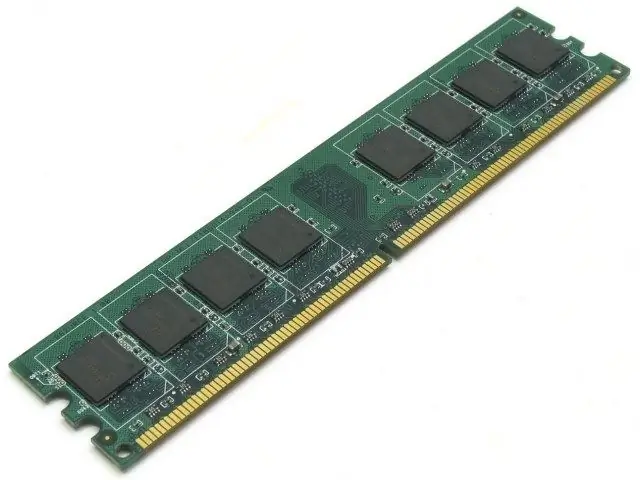To support performance in Windows XP, it makes no sense to install additional RAM modules over 3 GB, since the system simply will not see them. But it is worth working on increasing the amount of virtual memory, namely, increasing the size of the paging file, which will have a positive effect on performance. If WinXP 64-bit is installed on the computer, then you can increase both physical and virtual memory.

How to increase physical memory
Unscrew the fastening screws located on the back of the PC system unit, remove the cover and lay the case on its side. Take a look inside the system unit. Find the RAM dies on the motherboard. Usually there are 1-2 of them. To remove the memory modules, unclip the clips on both sides and gently pull them out of the slot.
Take a look at the brand of memory. It is printed either on the module itself, or indicated on a sticker. Look at the size of the memory stick and evaluate the possibilities of expanding the amount of RAM, based on the condition that Windows XP 32-bit can only see up to 3 GB.
If expansion is required and possible, then purchase additional memory modules. It is recommended to put RAM dies of the same brand and size in order to avoid device conflicts.
Install a new set of modules into the slots. To do this, the die must be correctly installed in the connector and pressed until it clicks. Put the cover back and screw it on.
Increasing virtual memory
Initially, the amount of virtual memory is equal to the amount of physical RAM. To increase virtual memory, you need to right-click on the "My Computer" icon and go to the "Properties" section. After that, go to the "Advanced" tab, select "Options" - "Performance".
In "Performance Options" change "Virtual Memory". This window is used to configure parameters related to virtual memory, namely, it is possible to adjust the size of the paging file. Typically the default is System Selected Size. The list contains the paging file size for each drive.
Select Custom Size to increase the size of the paging file. In the dialog that opens, specify the original (current) file size, and then its maximum size in the corresponding field. The minimum size should be 1.5 times more than the amount of RAM installed on the PC, and the maximum - 4 times.
Check the total file size on all drives. It is also recommended to remove the paging file from the system drive and transfer it to another drive.
To remove the paging file from other disks, you need to select the required one and specify "No paging file". Practical experience in removing the paging file does not unequivocally answer the question: does this increase performance? Therefore, it is enough to simply remove this file from the system disk.
Allocate a logical drive where the paging file will be stored. Apply all changes and restart your PC for them to take effect.






